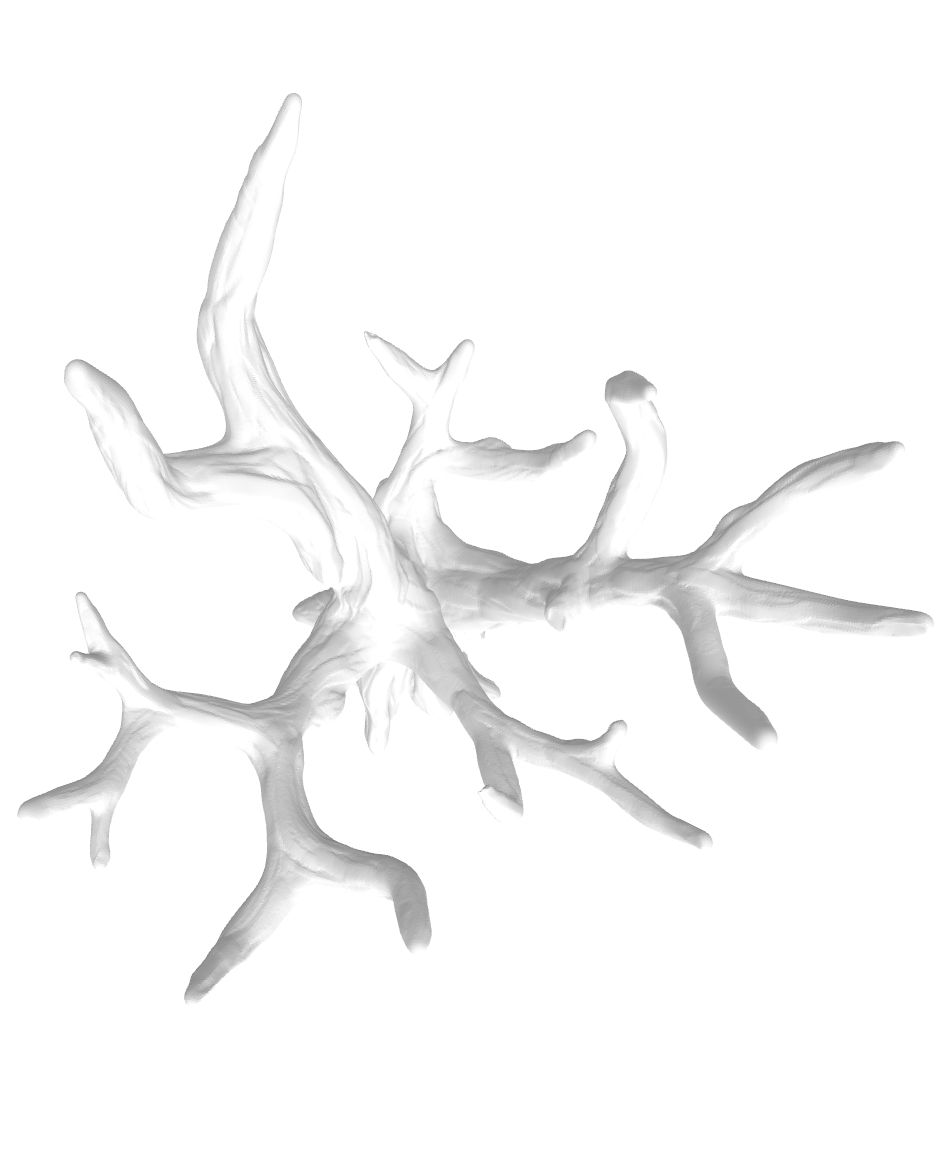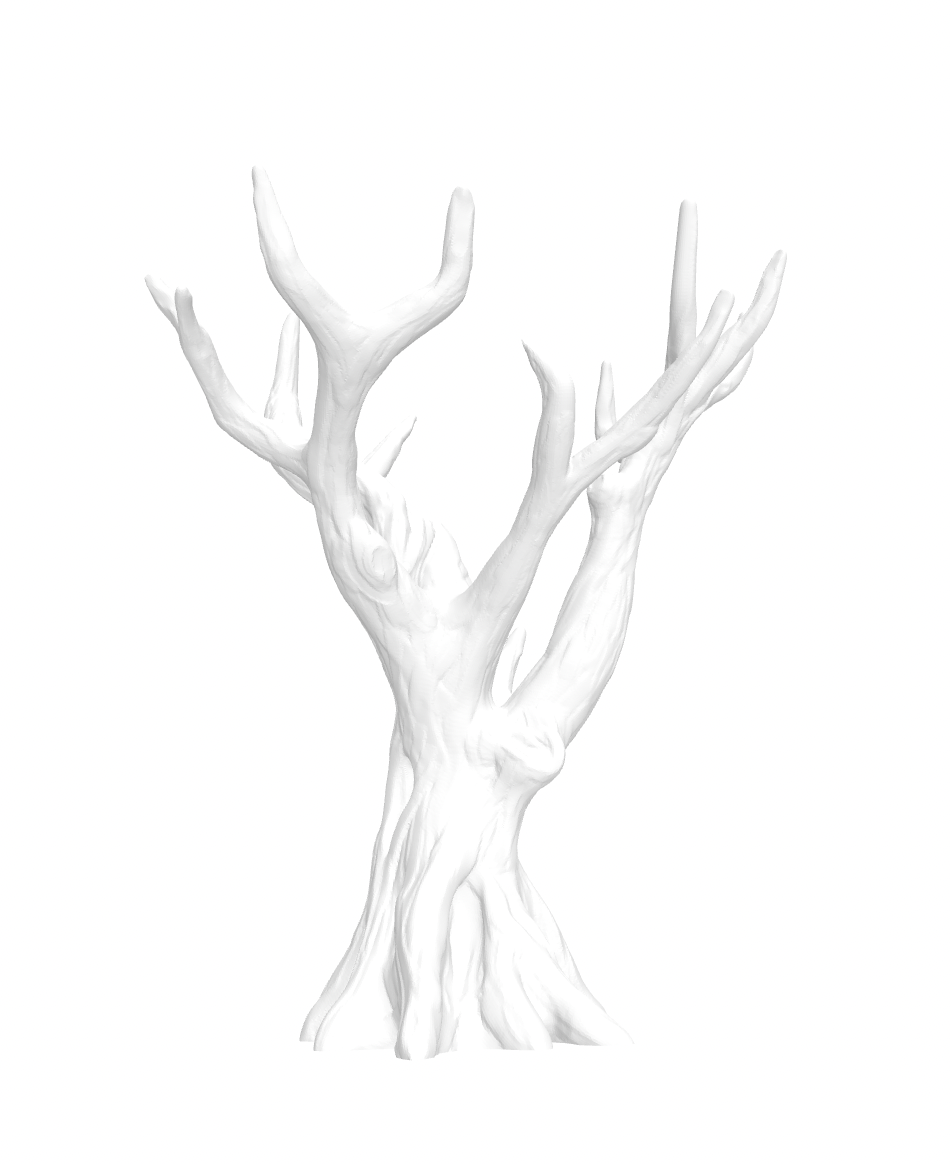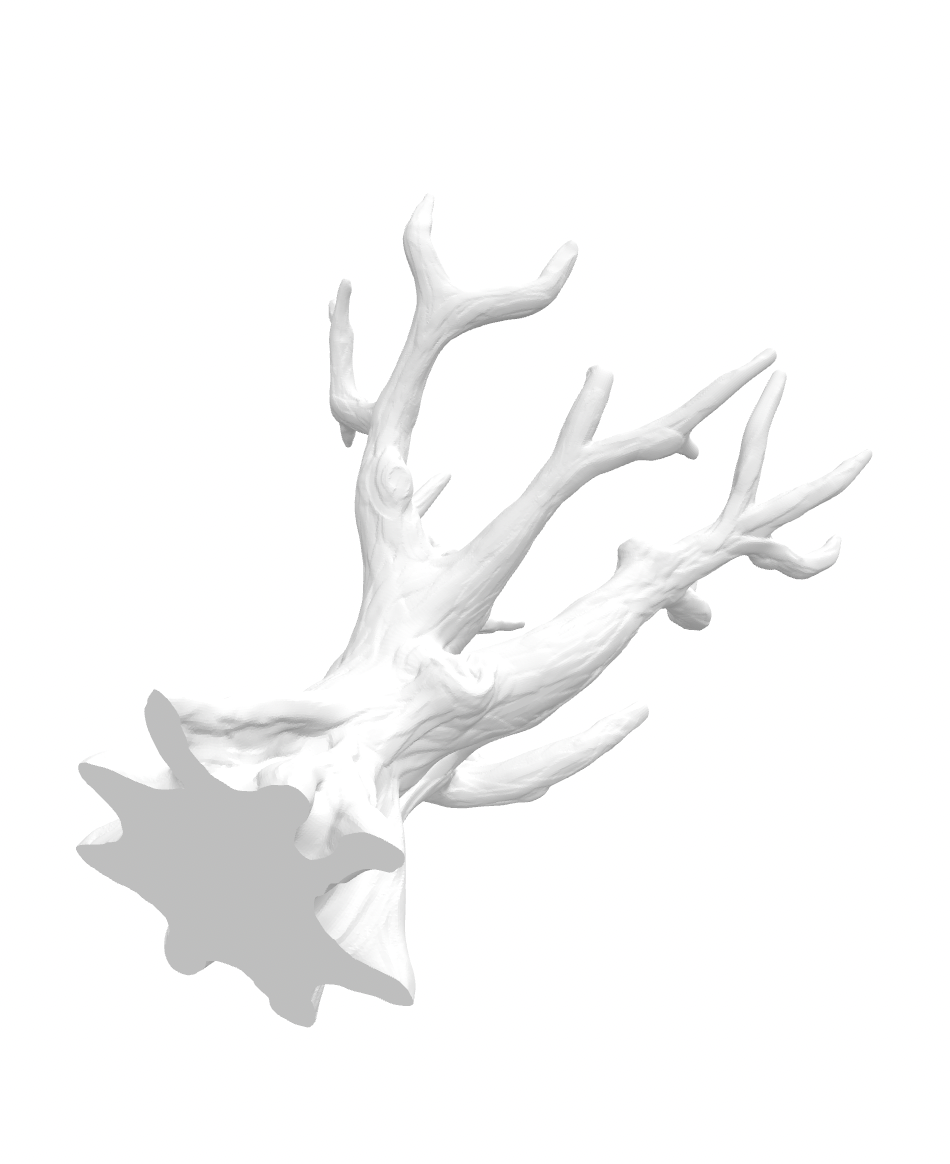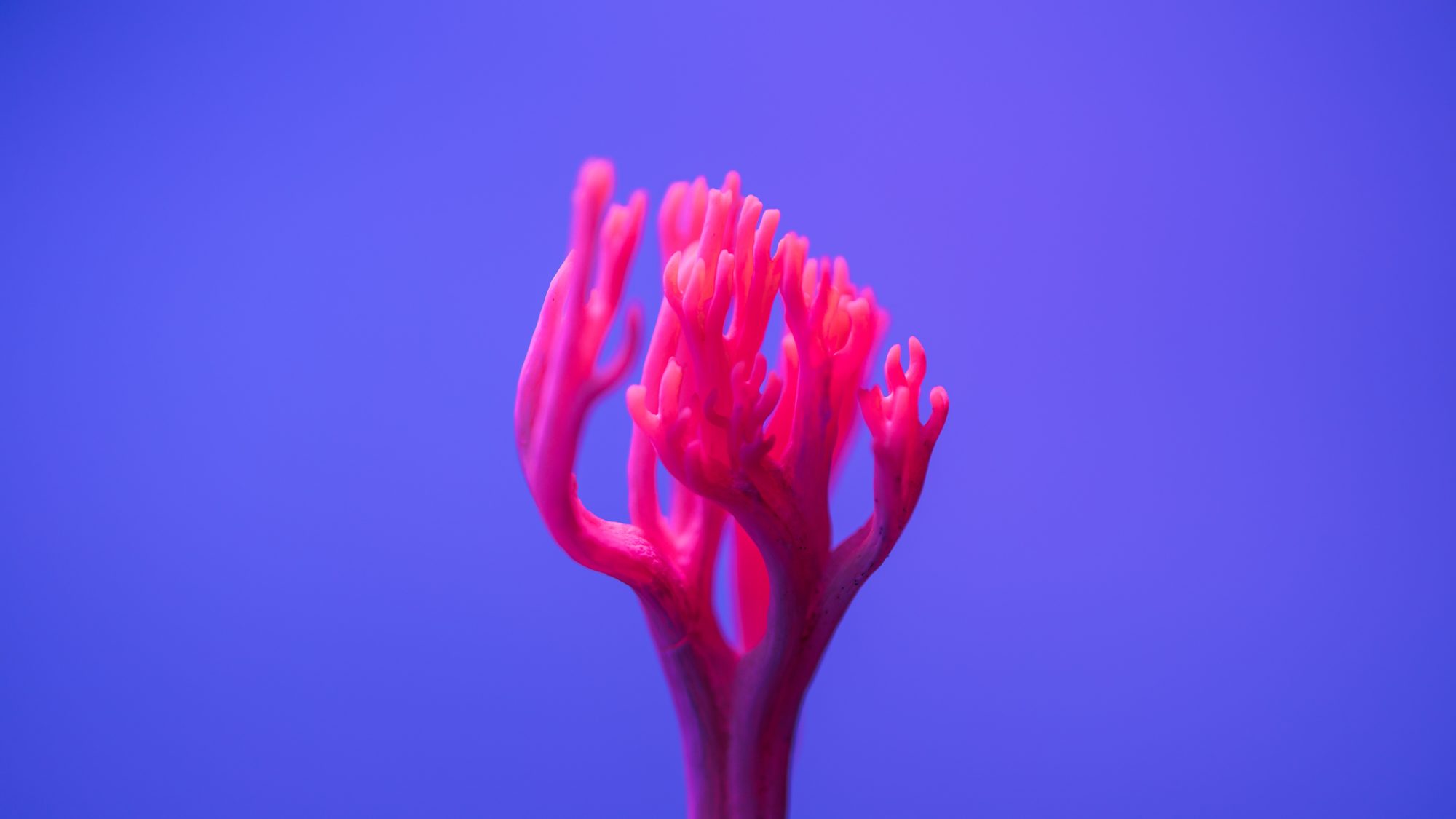I’m delighted to provide an update on my project, which is to build a little interactive tree that lights up dependent on the viewer’s pulse rate. Some design changes have been made to the project. After my first attempt at making the Heartbeat Tree out of clear plastic tubing failed, I decided to take a step back and reconsider my strategy.
The Heartbeat Tree 2.0 will stand 10 inches tall and feature a 3D printed trunk made of multicolor filament (black and purple). The tree will have a distinct and eye-catching look that will make it stand out in any setting. The top of the tree will be lit up with NeoPixel Christmas lights that respond to the viewer’s pulse. The tree’s base will be built to offer a strong foundation.



I’ll use my 3D printer to manufacture the multicolor filament in the correct form and size to make the tree trunk. After printing the trunk, I’ll attach the NeoPixel lights to the tree’s top and link them to an Arduino with the heart rate sensor. Finally, I’ll secure the tree to its wooden base, and the installation will be complete.
The Heartbeat Tree 2.0 is an interesting concept that I can’t wait to see come to reality. Despite the fact that my first plan did not work out, I learnt the importance of being flexible and adaptive in the face of failure. The changes I’ve made to the design will give the installation a distinct and eye-catching appearance, and I’m convinced that it will be an excellent addition to any room.
Photo by Marek Piwnicki: https://www.pexels.com/photo/pink-lightning-16550145/


4 Comments. Leave new
You really got the tree to look like a tree, congrats. Do you plan to add any foliage to the top? Also instead of a wooden base what about a pot?
The design for the tree is phenomenal! It looks very organic and natural. I can’t wait to see how it looks once it’s printed. I’ll bet the PLA layers will add a lot of dimension and natural shading to the tree.
I especially like the organic forms you chose for this project! I love the fact that it is not only dynamic, but also an interactive piece of art that can be used, not only admired. I know that nailing down the right print settings to avoid layer lines and other issues can be tough, but I’d love to see the final second edition!
What a great idea! I admire that you included your failures and how you plan to work around them. Iteration is so important in design, I cannot wait to see this come to fruition and I’m sure it will end up better than your initial plan. I also like how you are implementing an arduino to interface the heartbeat sensor, great work!